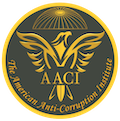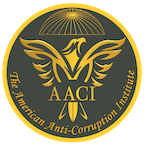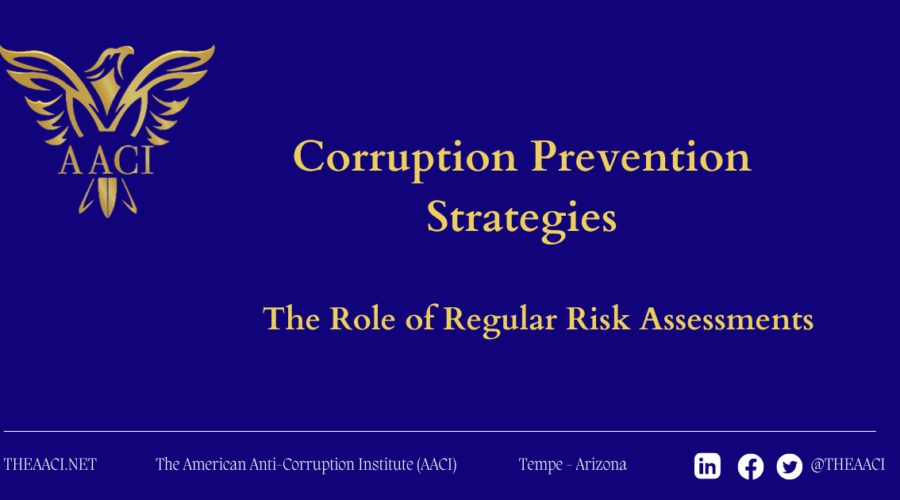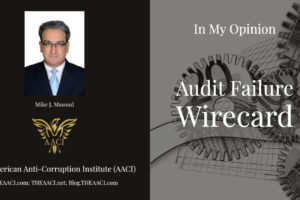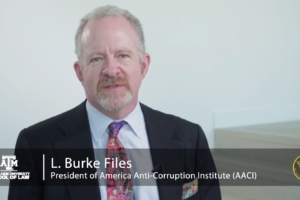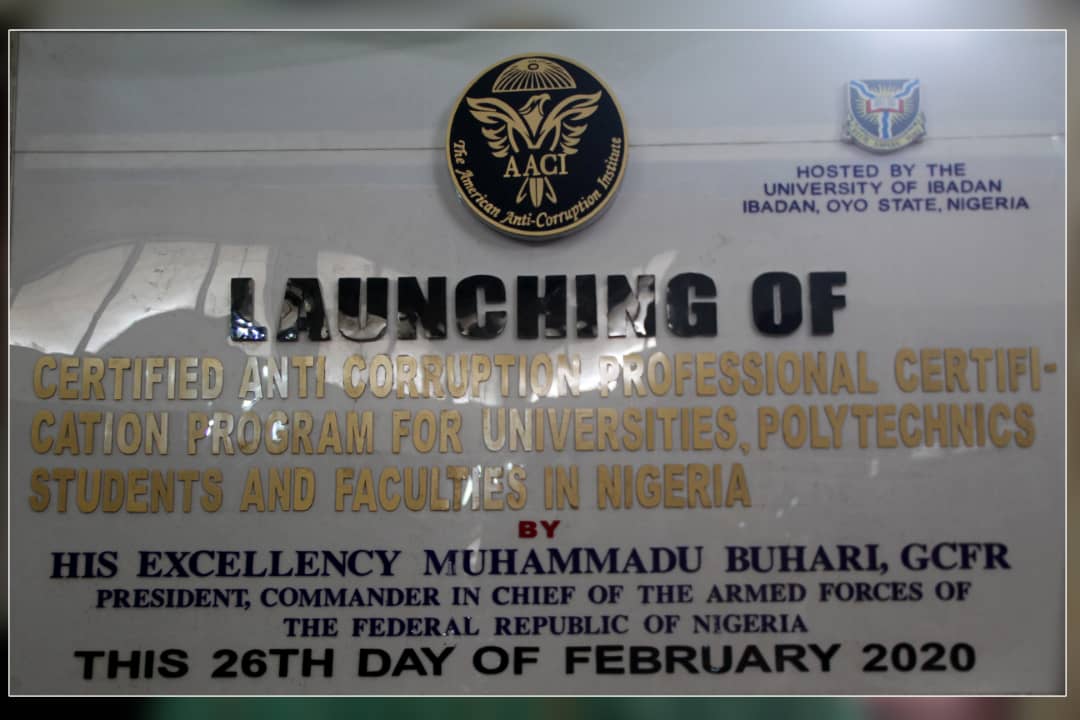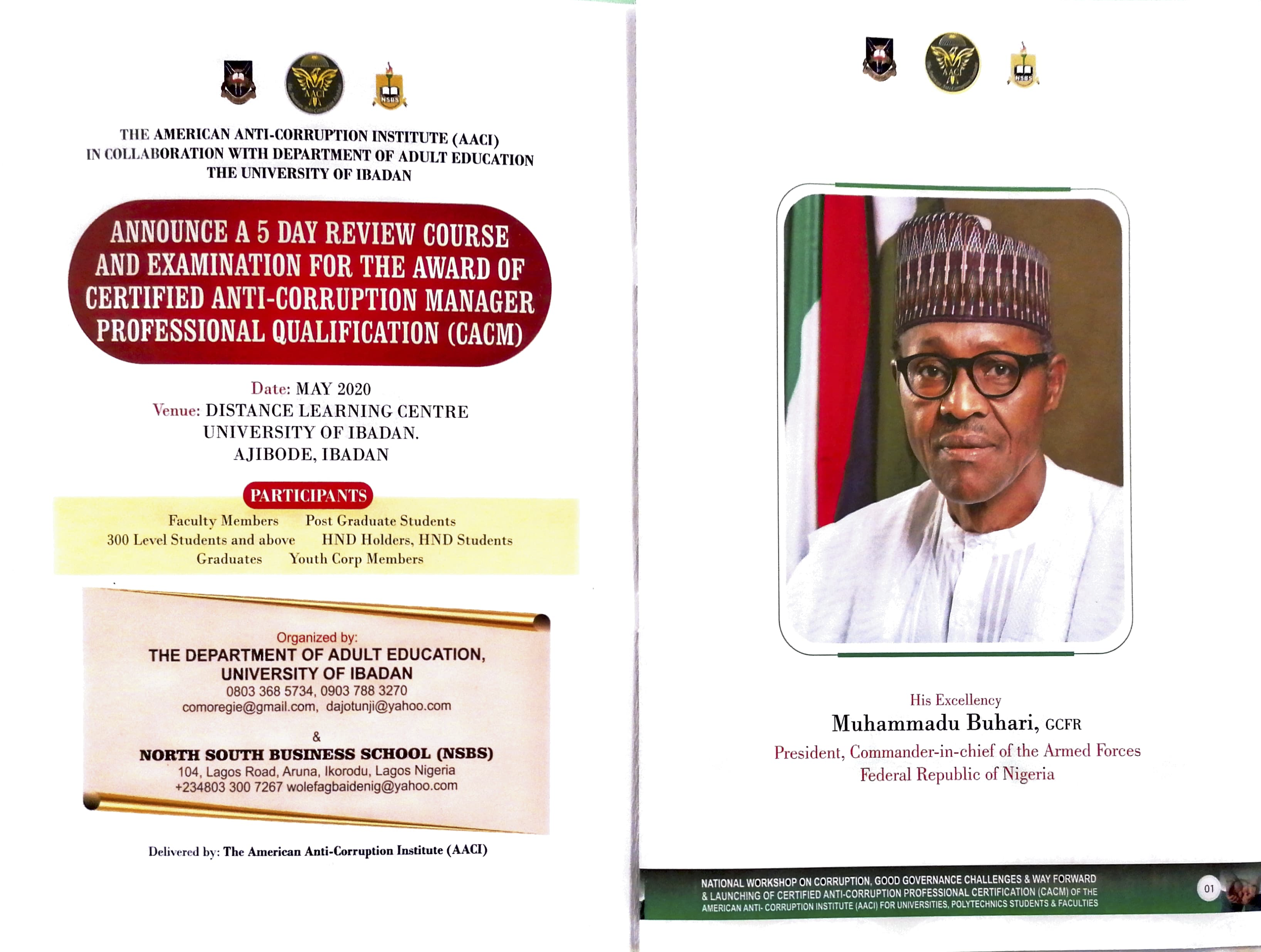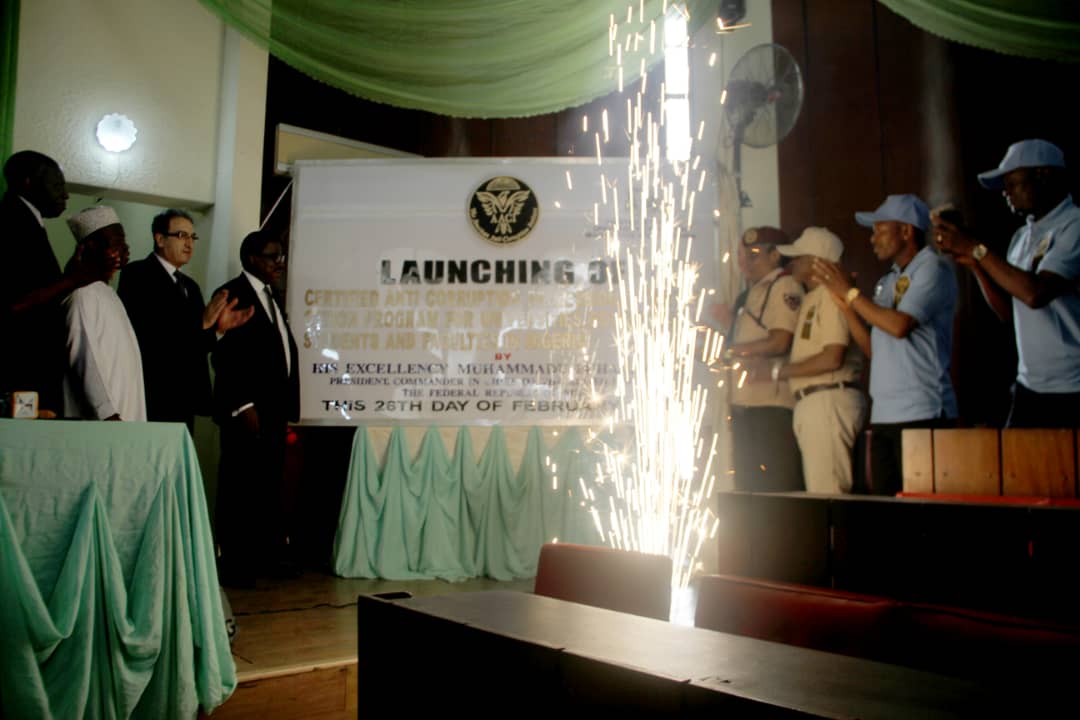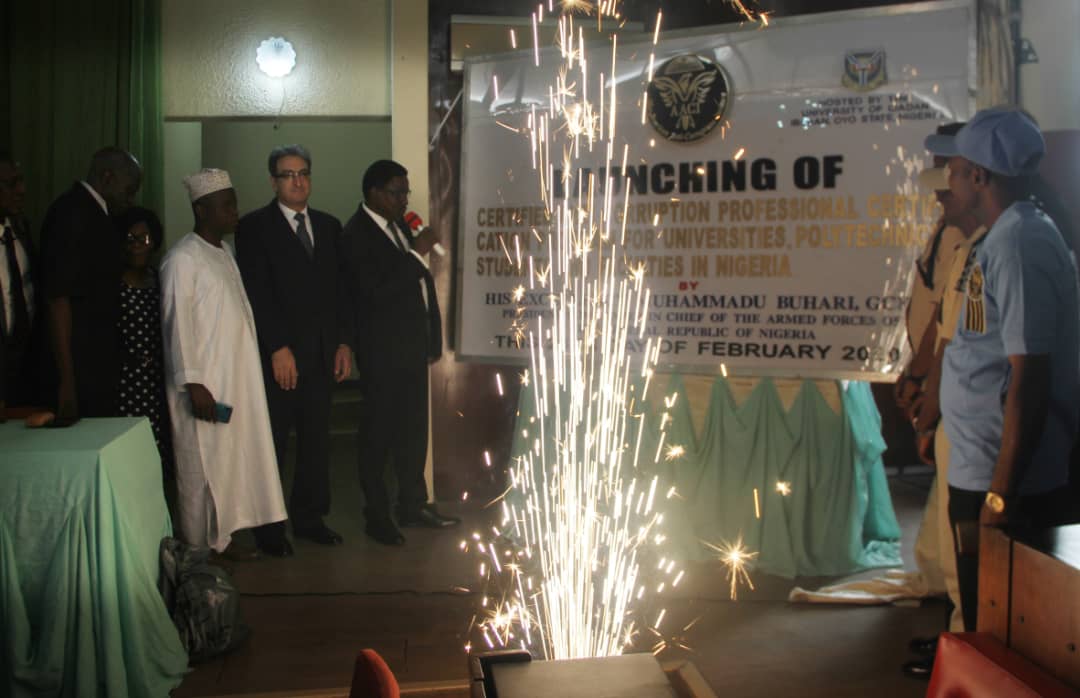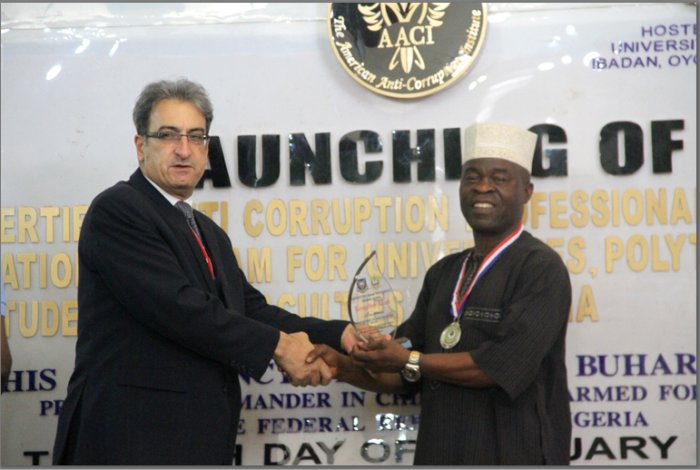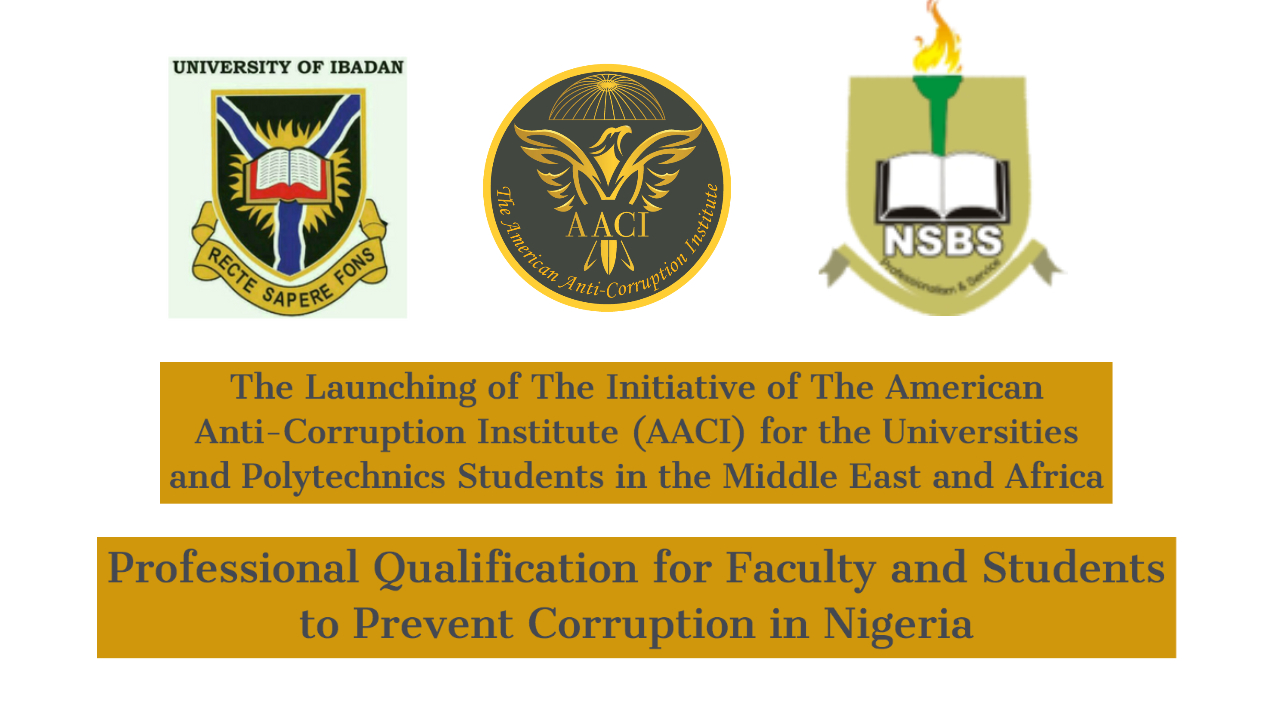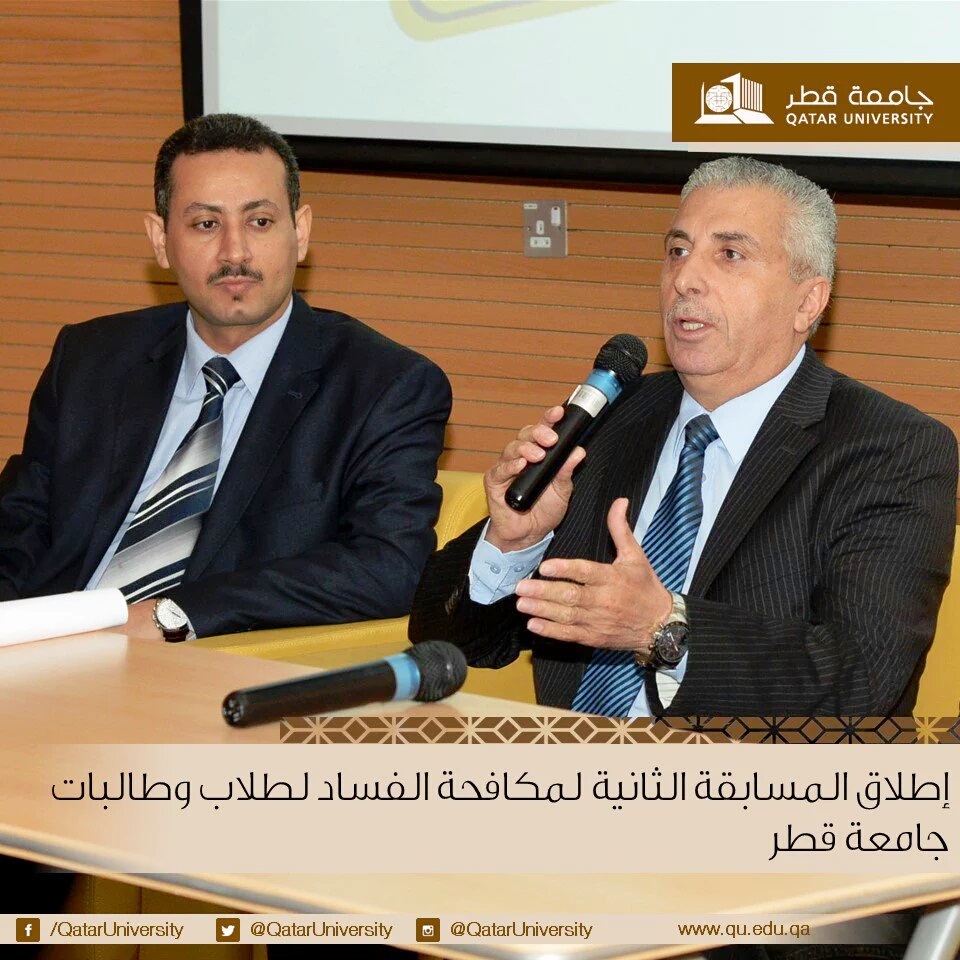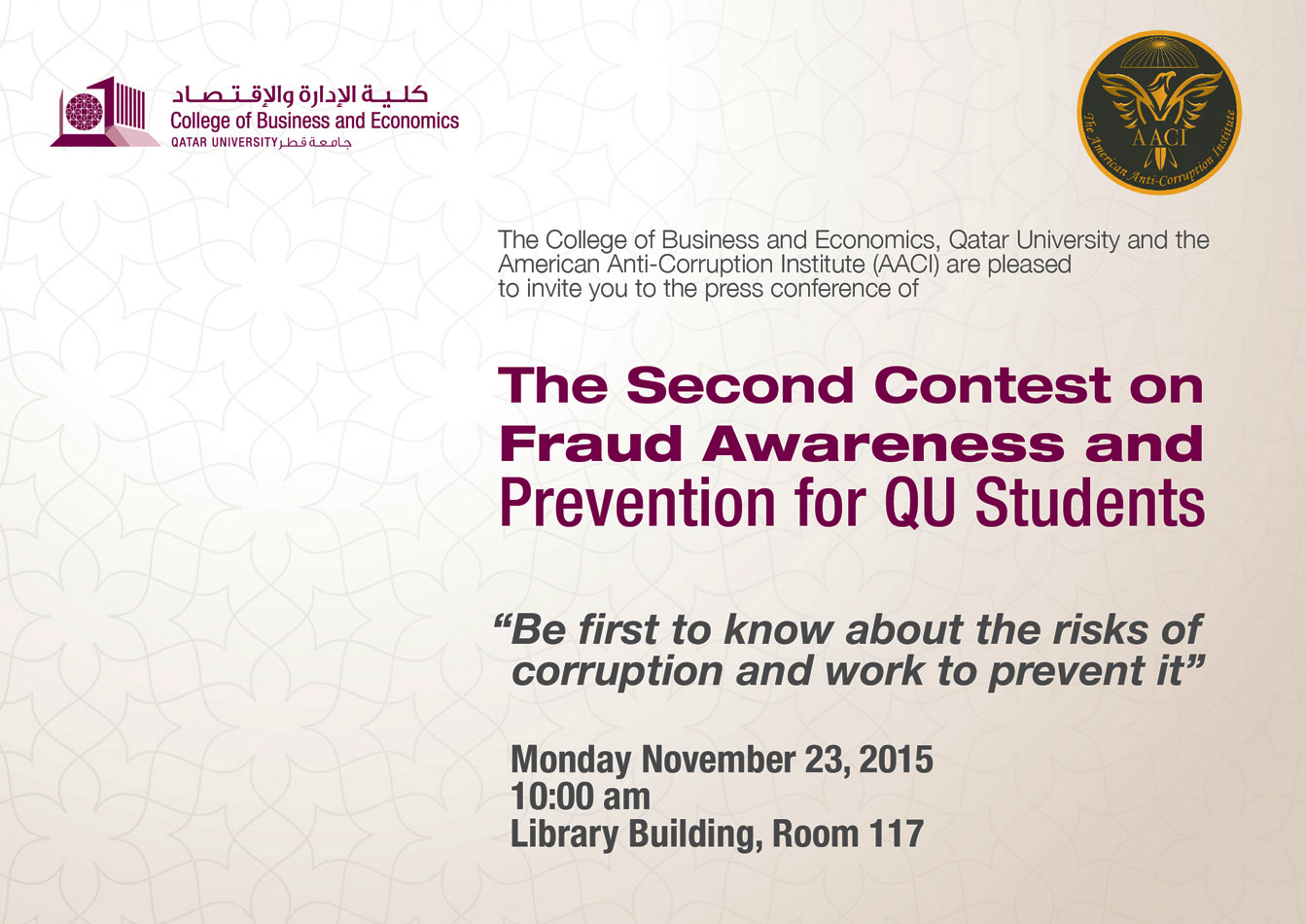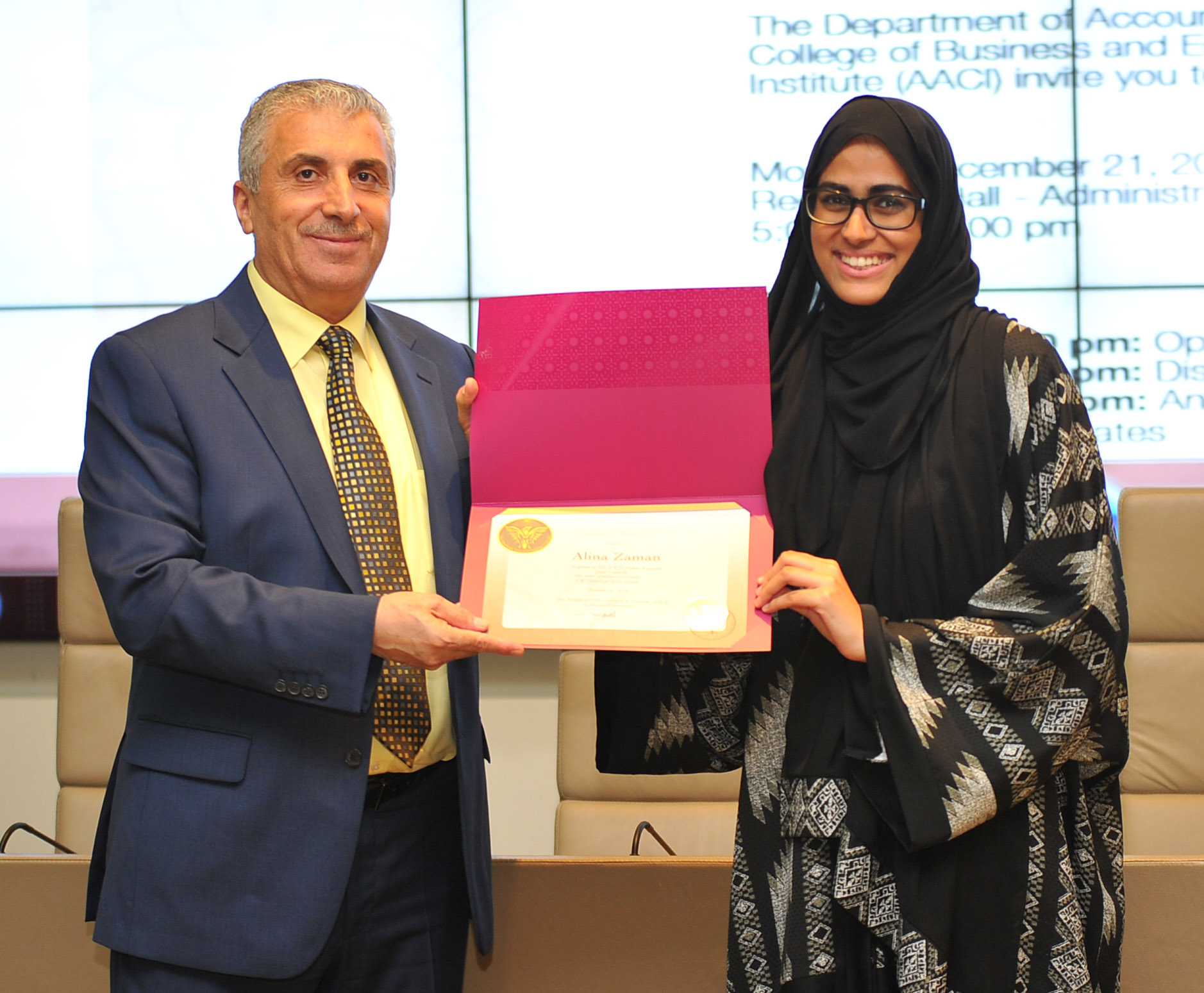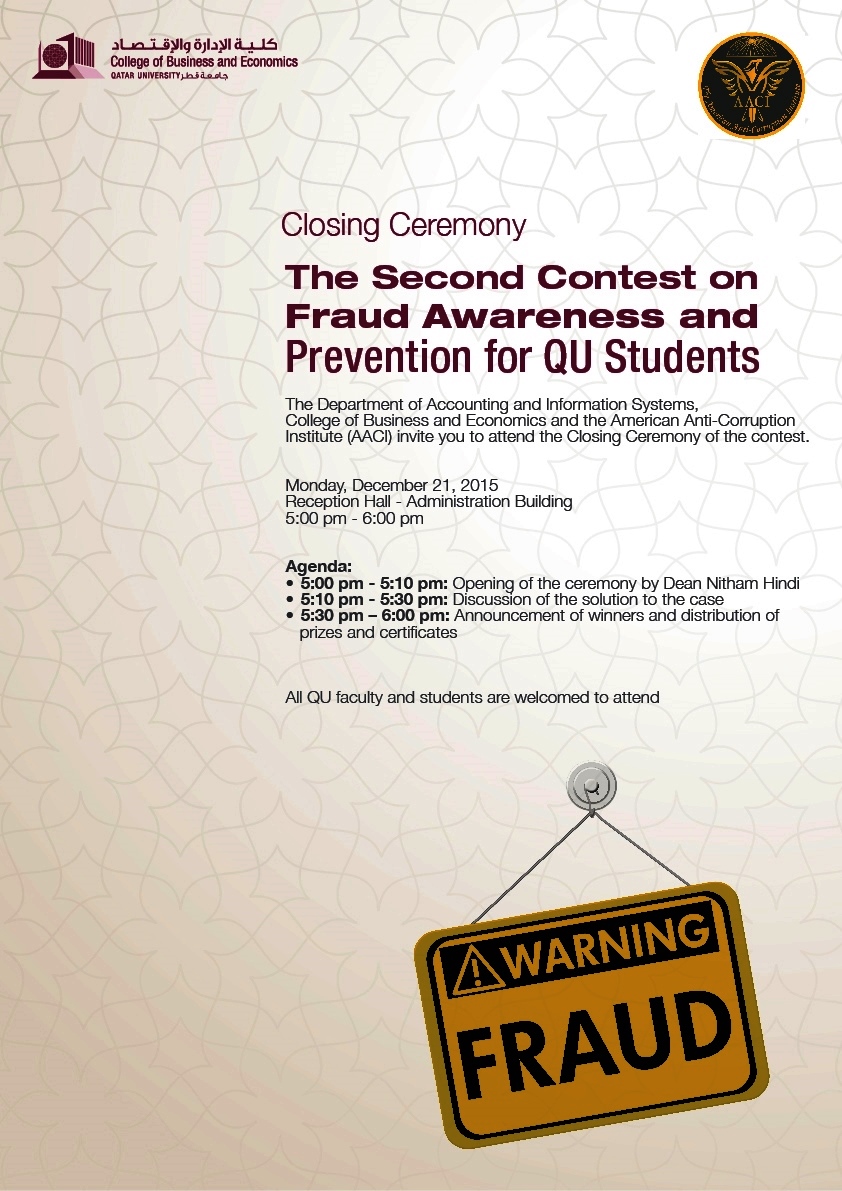Technical Staff
March 8, 2023
Corruption is a widespread problem that can severely affect individuals, organizations, and society. To mitigate these risks, it is essential to regularly assess and evaluate corruption risks to take all the necessary measures to manage those risks effectively and efficiently. This blog post will explore the significance of determining and assessing corruption risks and provide relevant examples.
Firstly, assessing and evaluating corruption risks is critical to prevent corruption from occurring in the first place. Organizations can implement adequate preventive measures by identifying potential threats and vulnerabilities, such as robust internal control. For example, in the banking sector, internal auditors regularly assess corruption risks, identify potential control weaknesses, and implement appropriate measures to address them. Doing so ensures that their banks comply with anti-corruption laws and regulations and minimize the risk of fraudulent activities.
Secondly, organizations can promptly detect and respond to corrupt activities by regularly assessing corruption risks. By periodically evaluating their systems and controls, they can identify anomalies or red flags that may indicate corrupt activities. For instance, auditors in the public sector may perform regular assessments of procurement processes to detect any irregularities or conflicts of interest. This information can help investigate potential corruption and take appropriate measures to prevent its recurrence.
Thirdly, assessing and evaluating corruption risks is vital for organizations to build trust and confidence among stakeholders, including customers, employees, and investors. Companies can improve their reputation and business prospects by demonstrating their commitment to anti-corruption measures. For example, effective anti-corruption measures can be a marketing tool for companies to attract new customers and investors who prioritize ethical business practices.
Finally, conducting regular assessments of corruption risks can assist organizations in meeting legal and regulatory requirements. Many countries have enacted anti-corruption laws and regulations requiring organizations to implement adequate measures. Organizations can ensure compliance with these requirements and avoid potential legal and reputational consequences by assessing corruption risks regularly.
Eventually, assessing and evaluating corruption risks is critical for preventing corruption, detecting and responding to it quickly, building trust and confidence with stakeholders, and complying with legal and regulatory requirements. Organizations must assess corruption risks regularly to identify potential vulnerabilities, implement appropriate preventive measures, and ensure that their systems and controls are robust and effective. Failure to do so can have serious consequences, including legal and reputational damage, financial loss, and a loss of stakeholder trust and confidence.
###
